Hey Corey, Big fan of your work and approach to shooting stills and video. I’m wondering if you could share your thoughts on backing up files and data, both stills and video. Do you have a workflow for when you’re out in the field? What about back in the office? Thanks for the advice! —Richard, San Diego
Hey, Richard!
Thanks for your patience as I worked to complete part 2 of my answer to your question. To recap, in the first post, which you can read here, I discussed my methodology and workflow for backing up files while out in the field.
In this post, I want to describe how we manage our files using our server back in our Novus office here in South Lake Tahoe.
Part of my delay in this response was due to the fact that our offices were in the midst of a major remodel, and I wanted to wait till our servers were up and running in order to showcase the sophisticated server room.
As with the first post, I’m going to try to avoid getting too deep in the weeds in terms outlining all of the technical details involved in this question and instead provide more of a philosophical overview on my methodology and approach when it comes to backing up data using servers.
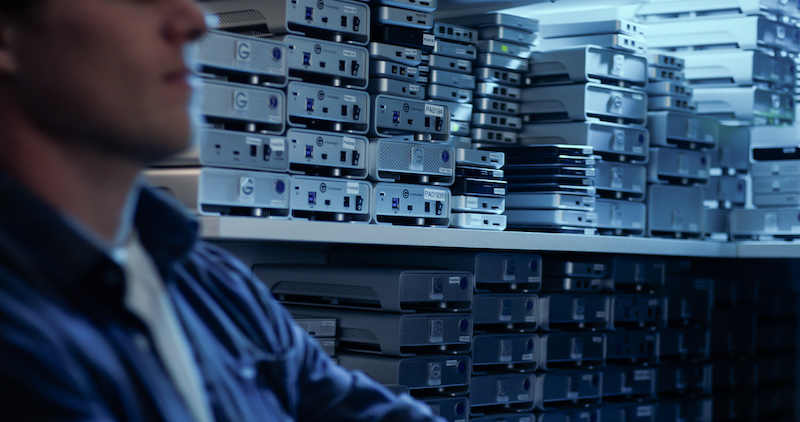
Back in the Office
Back in the day, when it was just my team at Corey Rich Productions, we’d shoot to in-camera spinning drives, come back to the office, and burn all that content to CDs (and later to DVDs). I know I’ve just dated myself! But back then memory was expensive, and files were tiny.
Eventually, we moved our data storage from discs to spinning drives and servers. Early on, I spent an ungodly amount of money investing in an Apple Xserve RAID, which lived in my laundry room in a rack-mounted enclosure for years.
Ultimately, we upgraded to an early G-Tech solution at one-tenth the price and four times the storage! That’s the evolution of technology right there.
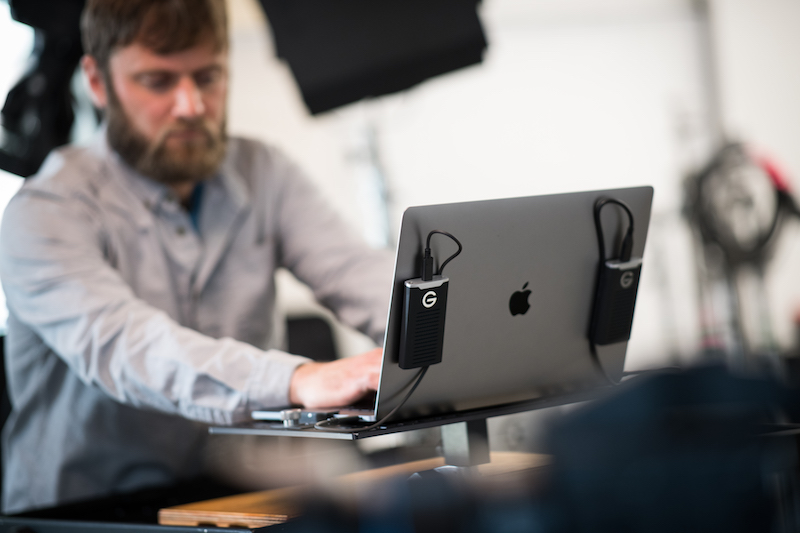
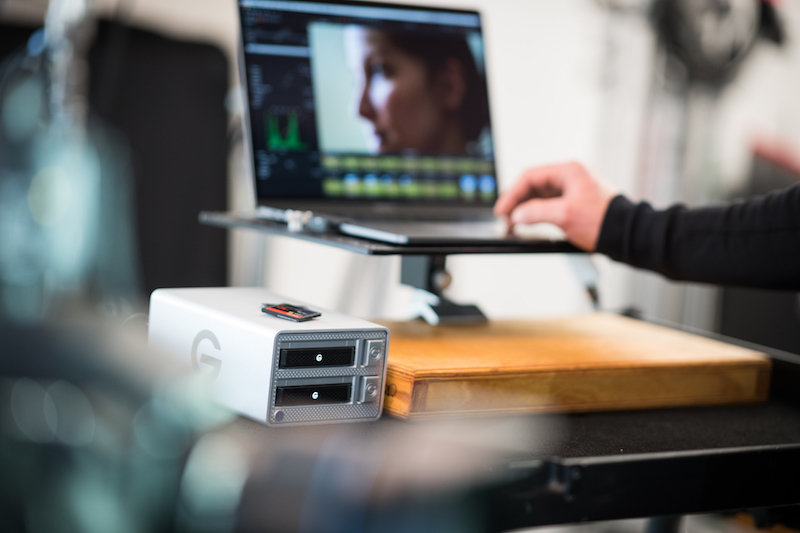
Again, the concept of redundancy comes into play back in the office.
The entire raw shoot exists on two hard drives, which live in two different locations. Typically, one hard drive lives in our office, while the other is sent off to the client’s office. Now, spinning hard drives, with all their fragile mechanical moving parts, do not like to sit unattended on shelves for months or years at a time. Thus, we’re in the slow and steady process of archiving all those original files and drives to LTO tape, a great stable solution with a “shelf life” of 30 years. Similarly, one copy will live at the office, one off-site.
We use our server to store all of the hero content. We portion off all the best footage, the final edits with media-managed files, and all the best still images and put them on our server. That server has triplicate backups, with two backups living off-site.
We also put our select final content online. We use an online catalog powered by PhotoShelter for all of our best still images, and our videos are on both Vimeo and Dropbox, often times password protected.
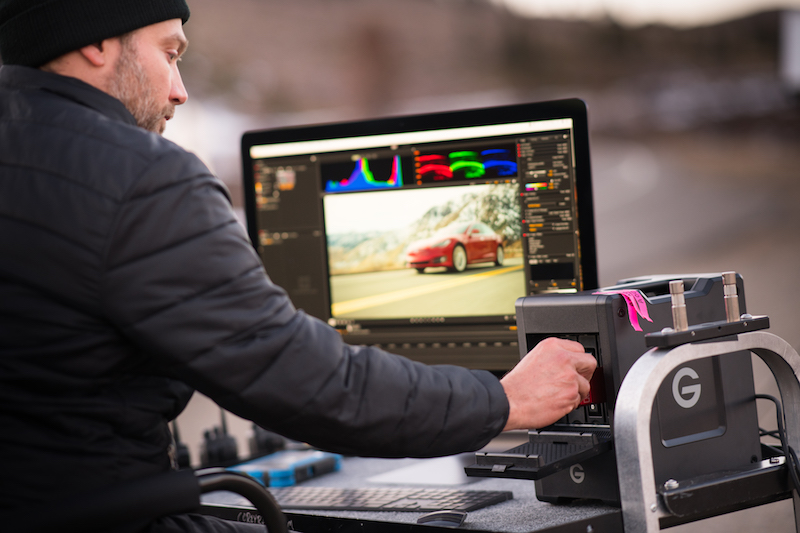
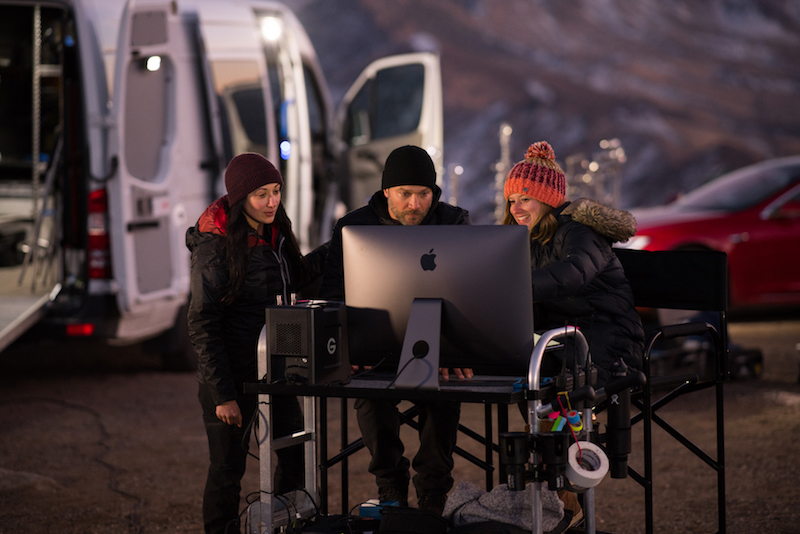
Here in Lake Tahoe, California, wildfire is certainly a real threat—as evinced by the latest tragedy across western California. If a biblical wildfire tore through the Tahoe basin and destroyed everything in its path, including our office, I’ve always wanted to make sure that our years of hard work would survive, even if we didn’t.
Backing up your data off-site doesn’t need to be expensive or very complicated. You don’t have to pay for a bank vault.
For years, the way it worked around here is that I would use my parents’ house, located 45 minutes away. Each week, my mom and dad would swing by to say hello, have dinner, and see their granddaughter. On their way out of town, they’d swing by the office and grab a pelican case with a set of backup drives in it. We’d handcuff the case to my mom’s wrist, she’d get in the car, and take it to her house.
Just kidding about the handcuffs!!!
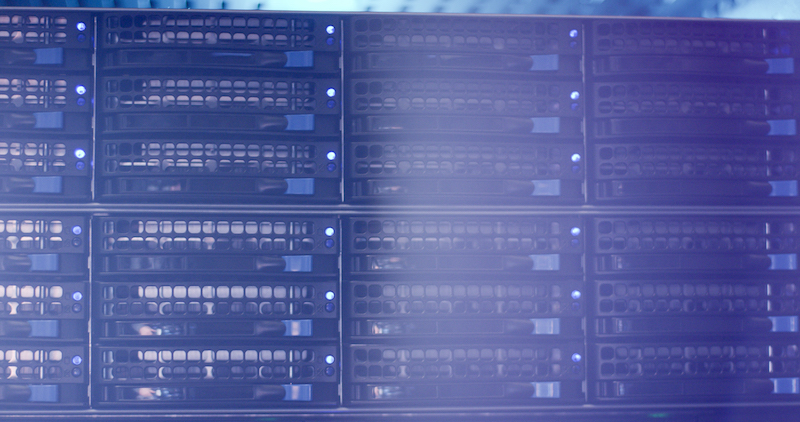
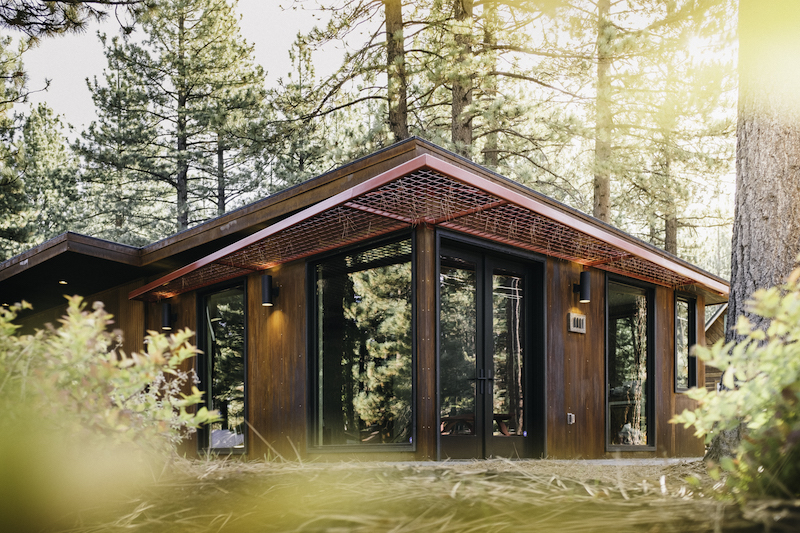
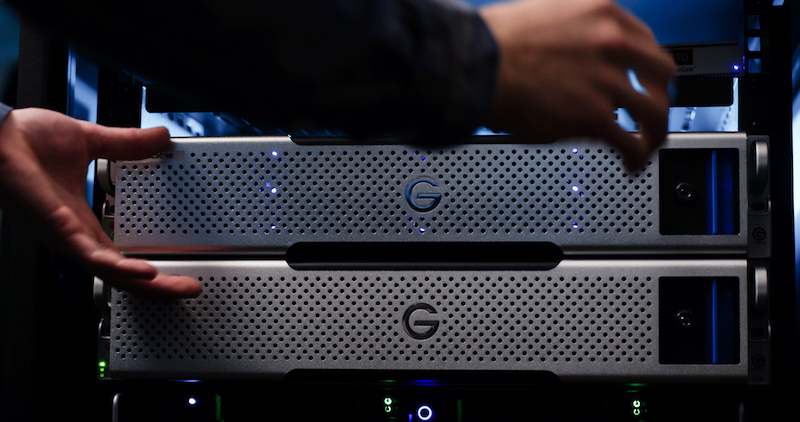
Today, as I’m a partner of Novus Select and we now have our offices located in South Lake Tahoe, our memory needs have grown exponentially compared to the days when it was just Corey Rich Productions. We’ve graduated from a relatively small G-tech server to a 200 TB server: a G-Technology G-RACK 12 with a G-Technology G-RACK 12 EXP Expansion Chassis. Our new post-production manager, Nich Adams, has spent the past few months getting the server up and running, which we’re super excited about. Now, this new server allows our network of editors to work real-time from our server, while also providing a long-term backup solution.
Again, as technology changes, the technical solutions will always be different. What’s most important is understanding the philosophy behind the approach to making sure your hard work is safe. It comes down to reliability, durability, and speed. And, of course, redundancy, redundancy, redundancy!
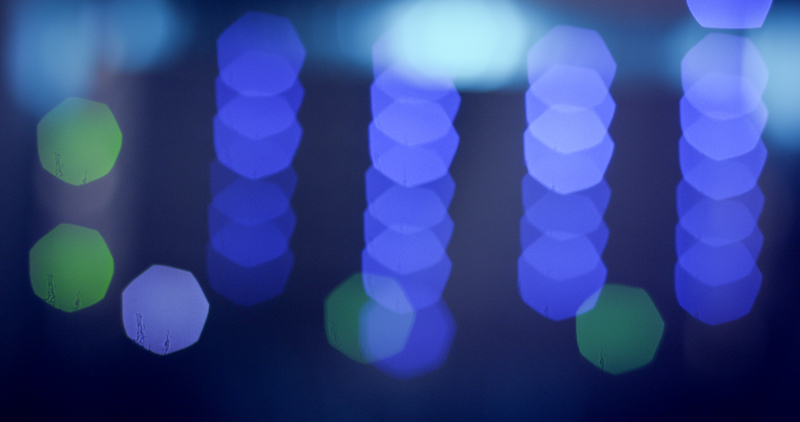
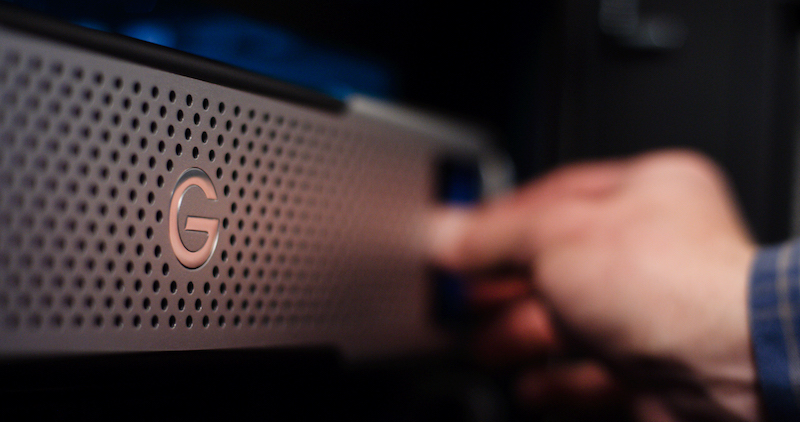
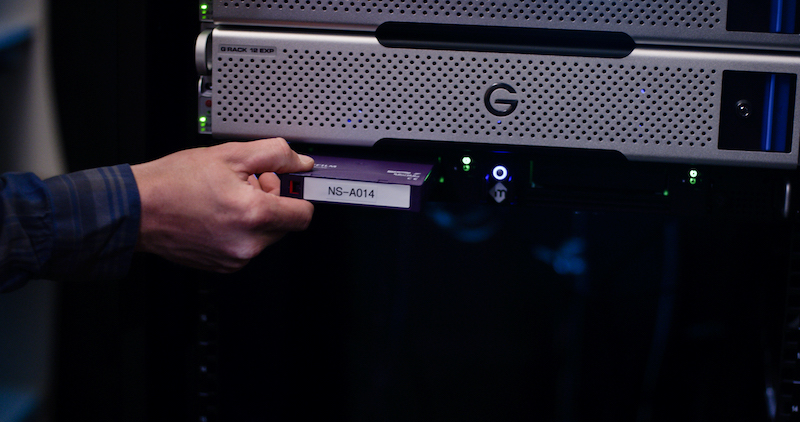
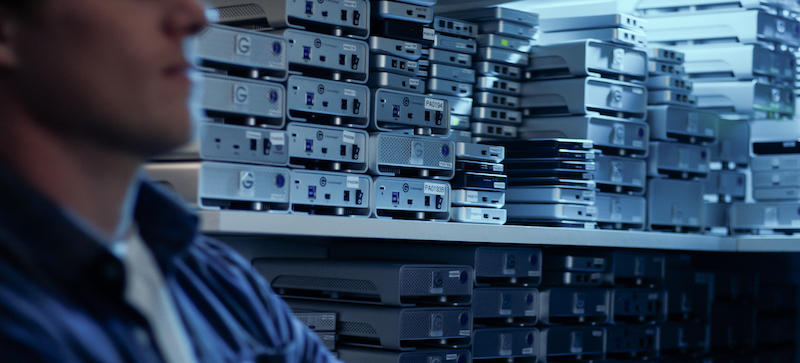
1 comment
Solid explanation Corey! I remember in 2012, when I began to get serious about shooting video, my stroage needs also went up drastically (coming from the photo world). I designed a backup system for the field and back in the “studio” (read my apartment) which I still use today. Its a bit lower tech than the one you’ve outlined here, but has two locations and three copies, and is easily up-date-able or expandable. Good stuff! Cheers!
Comments are closed.